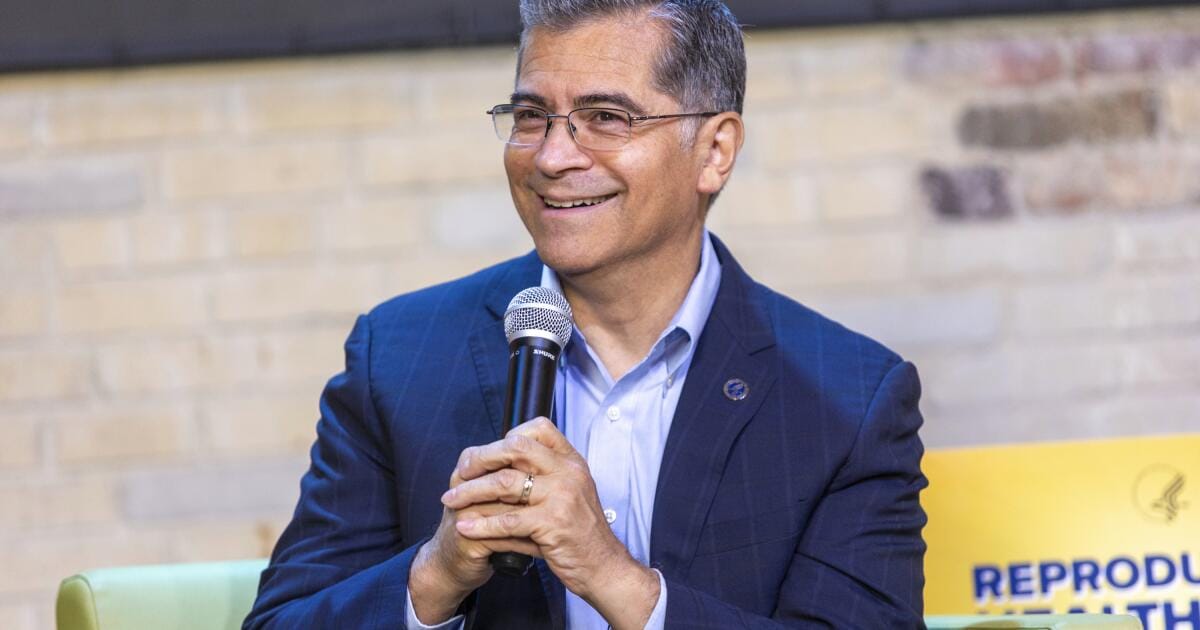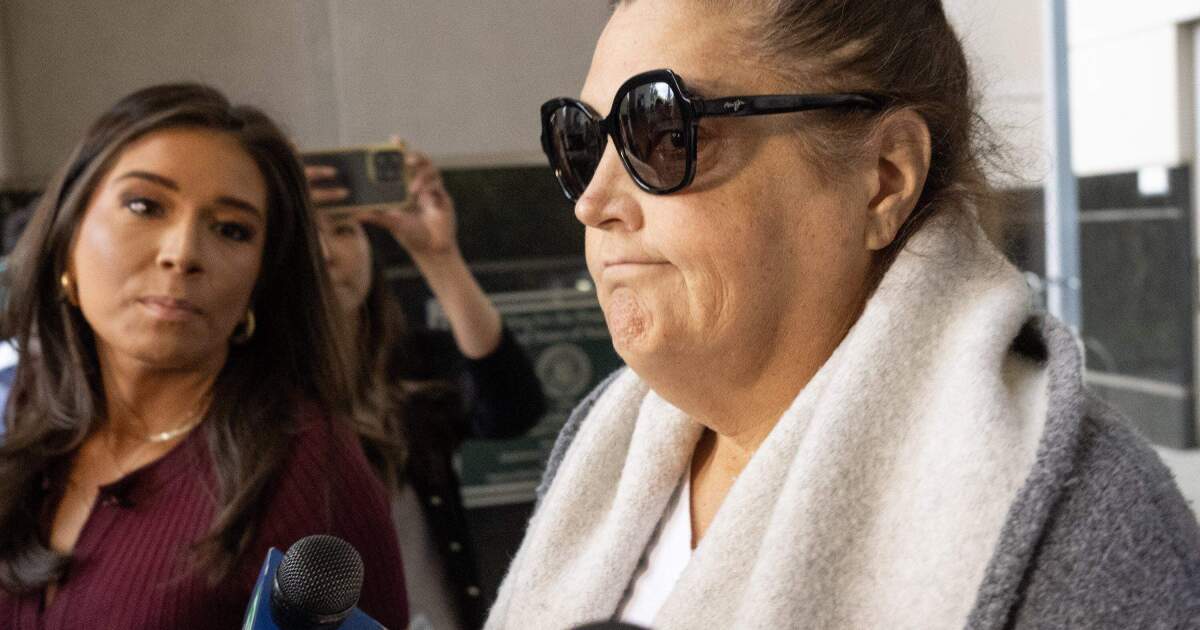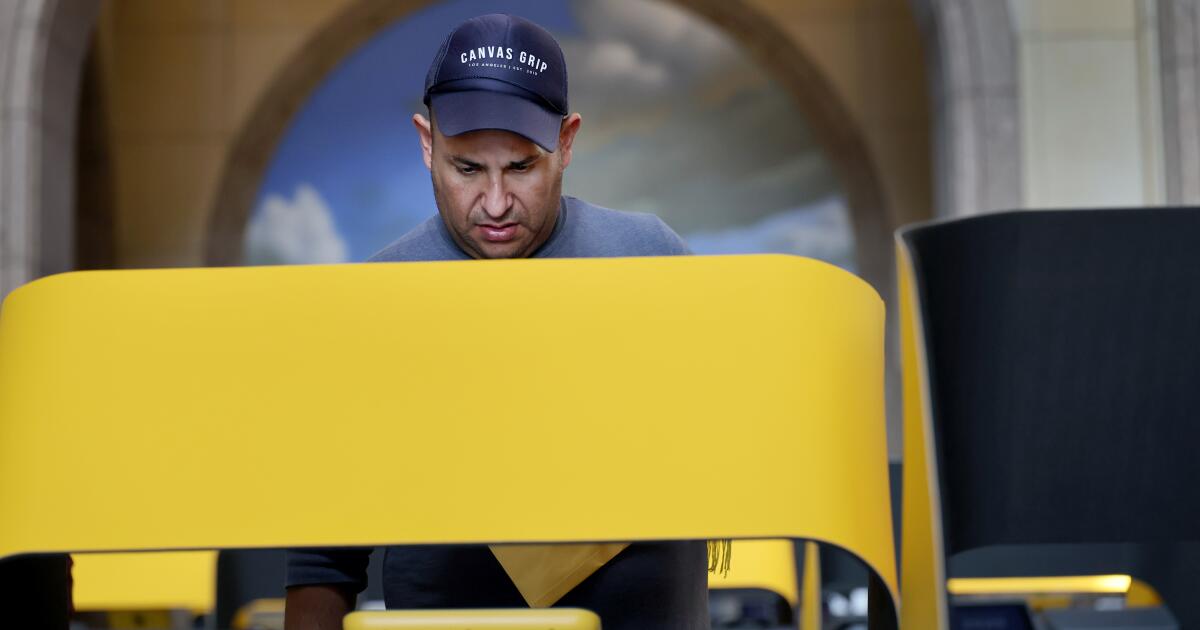Afraid of the Big One? Consider Sacramento, which avoids the worst California quakes
Reporting from Sacramento — Want to be safe from earthquakes in California? You’d need to endure summer scorchers, winter flood threats and full-time politicians. But temblors don’t threaten people living in Sacramento.
In the state capital — River City, Sacratomato, City of Trees — earthquakes are seen only on TV. Here, you’ll escape the Big One.
“Sacramento is one of the safer places,” acting State Geologist Tim McCrink says. “We don’t have that many active faults in the area.”
In fact, Sacramento — based on historical records and fault maps — is unquestionably the safest earthquake refuge among all of California’s major metropolitan areas.
The most unsafe? You already know.
“The worst places are the San Francisco Bay Area and Los Angeles,” McCrink says. “They’ve got most of the faults.”
Is there any pocket of L.A. that’s reasonably safe?
“There are so many faults down there in such complicated geology, I’d be hesitant to say one area is better than the other,” McCrink says.
The 9 earthquake hazards lurking in your home »
As a native Californian, I’ve long been curious about this. Fear of the Big One long ago was compartmentalized in a far corner of my mind but always has lurked there, making me a tad nervous. I suspect millions of other Californians share that anxiety.
Growing up in Ventura County, I was bounced around frequently by quakes. In 1971, I covered Gov. Ronald Reagan inspecting devastation from the magnitude 6.6 Sylmar quake in the San Fernando Valley that killed 65. In 1994, I tagged along as Gov. Pete Wilson looked over damage from the magnitude 6.7 Northridge quake that killed 57 — and destroyed my sister’s condo.
I worked at the L.A. Times downtown for a few years, always wondering if that old monolith might suddenly crumble in a quake.
But bad quakes aren’t inevitable everywhere in California.
Eastern San Diego County is relatively safe, but downtown San Diego has a dangerous fault.
A large swath of northeastern California and the western Sierra is fairly quake-proof. But those people face scary wildfire threats.
The North Coast from Oregon down into Monterey County is riddled with faults. So is the South Coast from Santa Barbara through Orange County.
In other words, if you can see the sun set over the Pacific, it’s risky.
Earthquake preparedness tips — for your pets: How to keep them safe »
Not so much along the Central Coast, however.
“The Big Sur coast is pretty good in terms of shaking, but there are massive landslides along there,” McCrink says. “So pick your poison.”
Anyway, there was a magnitude 6.6 San Simeon quake in 2003 that killed two and injured 40. So the Central Coast isn’t immune.
“All that faulting over the millennia has produced some beautiful mountains along the coast,” McCrink says. “The benefit of the tectonics is we have beautiful scenery. And the downside is we have to live with earthquakes.”
On New Year’s Day, when viewers watch the Rose Bowl and marvel at the snowcapped San Gabriel Mountains in the backdrop, they’re looking at the product of earthquakes.
Why is Sacramento practically quake-proof?
“For the same reason it’s pretty flat,” UC Davis geology professor Michael Oskin says. “Topography and earthquakes pretty well correlate in California.”
So if it’s flat and unspectacular — like the Midwest — it’s normally good shelter from earthquakes.
But not from floods. There have been horrific, deadly floods in the Sacramento Valley. During really wet winters with heavy Sierra snowfall, valley people fret about flooding.
Ridgecrest earthquake mystery: Why so little destruction from huge temblors? »
Sacramento residents may not need to consider earthquake insurance, but they should buy a flood policy. I have and sleep easier, living four houses from the Sacramento River.
Neither quakes nor floods are covered by ordinary homeowner insurance. Wildfires are — if you can find a policy. They’re becoming increasingly hard to buy in high-risk fire zones. Consumer complaints have increased nearly 600% in the last decade, says Michael Soller, spokesman for the state Insurance Department.
“They’ve surged in the last couple of years.”
So there’s no escaping some category of potential calamity in California.
They can even be linked.
On Christmas Eve in 1955, a Feather River levee collapsed north of Sacramento, flooding 90% of Yuba City and drowning 37 people. That provided momentum for eventually building Gov. Pat Brown’s State Water Project because the central feature was a flood control dam upriver near Oroville.
Gigantic Oroville Dam was completed in 1968. And when the reservoir was filled with 3.5 million acre-feet of water, the earth crunched underneath, triggering a magnitude 5.7 earthquake in 1975. That’s the scientists’ theory.
The Oroville quake had lots of repercussions. It killed another big dam project near Auburn northeast of Sacramento. Opponents found a risky fault under the site.
And it prompted legislators to close the state Capitol for a few years so the historic old structure could be retrofitted at a cost of $68 million — even though there’d never been a significant quake in Sacramento’s history.
One upshot of the Capitol restoration: The press offices were demolished and replaced with very fancy, ornate hangouts for the two top legislative leaders. All because there was a fluke earthquake 70 miles away that was barely felt around the Capitol.
There’s at least one refreshing thing about earthquakes: They can’t be blamed on either political party. Neither President Trump nor Gov. Gavin Newsom had anything to do with those quakes in Ridgecrest.
Follow @LATimesSkelton on Twitter







